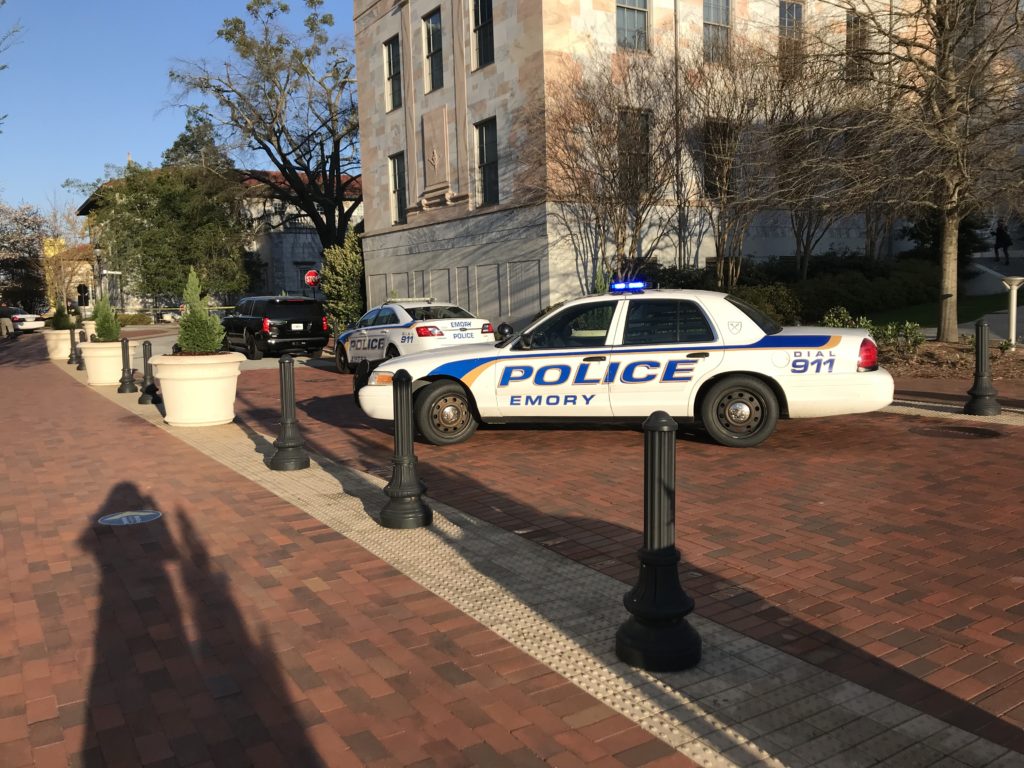Between March 12 and March 15, students elected the RISE Party to be the new administration of the Associated Students of the University of Utah (ASUU).
Approximately 1,626 students cast their ballots — approximately 5 percent of the student body. The College of Law had the highest voter turnout with 23 percent of students voting for representatives.
Voter turnout was less than half of what it was last year — presumably because only one party was running for executive positions.
As part of the RISE Party, biology and political science student Connor Morgan is president, human development student Maggie Gardner is vice president of university relations and chemical engineering student Xandra Pryor is vice president of campus relations.
“When Maggie, Xandra and I united in this fall, we all quickly came to the understanding that the U is an amazing place to go to school, but we recognized that it certainly isn’t a perfect place, either,” Morgan said. “Our platforms target what we have identified — with the assistance of University reports, officials, ASUU leaders, and fellow students — as some of the biggest problems that students face.”
RISE’s platform centered around student safety, transparency and on-campus activities.
Along with a new executive branch, ASUU gained nine Senate members and 19 Assembly members.
“Everyone who ran for assembly and senate positions ran great campaigns and we hope that they participate in ASUU even if they didn’t win,” said Damon Ngo, a first-time candidate who was elected as an assembly member for the Business College. “Running a campaign was a really fun experience and really allowed me to meet a lot of fun and very supportive people. I can’t wait to serve each and every student on this campus, specifically those in the David Eccles School of Business. I look forward to working with all those who were also elected on improving our community.”
The RISE Party will replace current President Zach Berger, Vice President of University Relations Zoe Kozlowski and Vice President of Student Relations Saeed Shihab following an inauguration on April 25.
“Our administration’s overarching priority for next year is to remind ASUU, as an organization, that its fundamental purpose is to serve students,” Morgan said. “Every student leader in ASUU, too, has a responsibility to advocate for student interests, from the president to board members to Assembly representatives. We hope to instill this culture of advocacy, and we hope that it remains a mainstay for years to come.”
ASUU SENATE
College of Business
Howie Huynh
College of Dentistry
Emily Thomas
College of Education
Valerie Guerrero
College of Engineering
Haley Feten
College of Fine Arts
Kaelin Kaczka
College of Humanities
Lizzy Pohl
College of Law
Claire McGuire
College of Science
Kaitlin McLean
College of Social and Behavioral Science
Lilly Kanishka
ASUU ASSEMBLY
College of Business
Damon Ngo
Victoria Ferguson
College of Engineering
Erin Morgan
Riley Weaver
Mitchell Kirkham
Adrian Porras
Gregory Boisvert
College of Fine Arts
Amy Cox
College of Humanities
Fran Botto
Christine Farley
College of Law
Ben Lehnardt
College of Pharmacy
Michael Stapley
College of Science
Erika Feten
Michael Xiao
Kasra Rahmati
College of Social and Behavioral Science
Sajdah Arbeed
Jess Spohn
Oliva Mauchley
Anna Marie Barnes
j.mumford@dailyutahchronicle.com
@jacqmumford
The post RISE Party Claims ASUU Executive Branch Uncontested appeared first on Daily Utah Chronicle.




